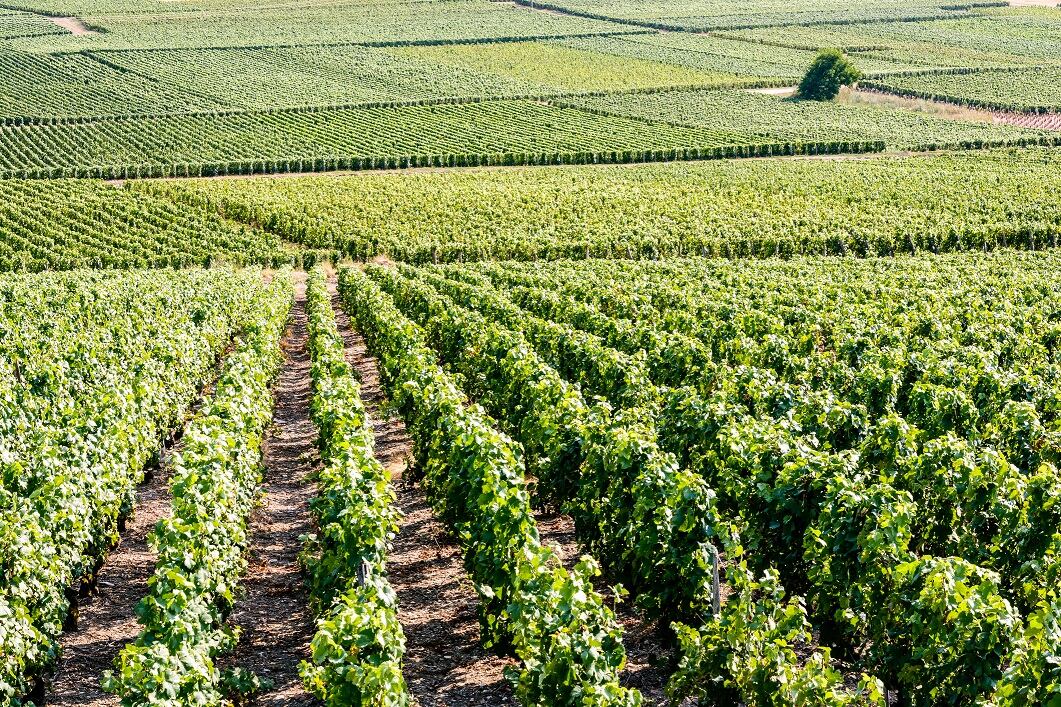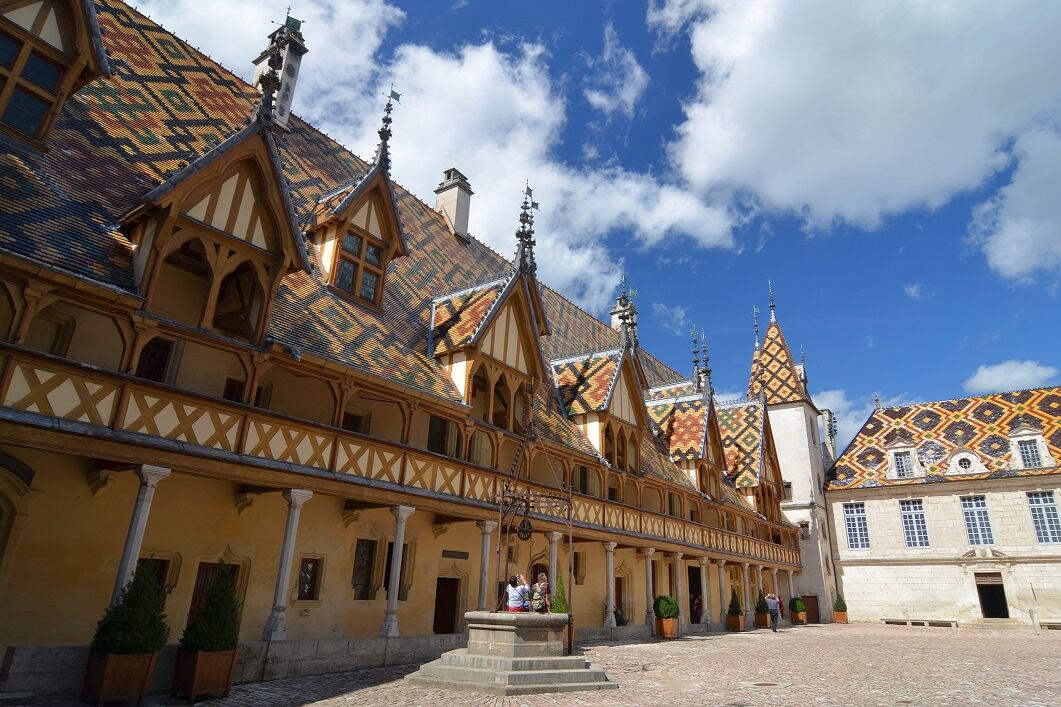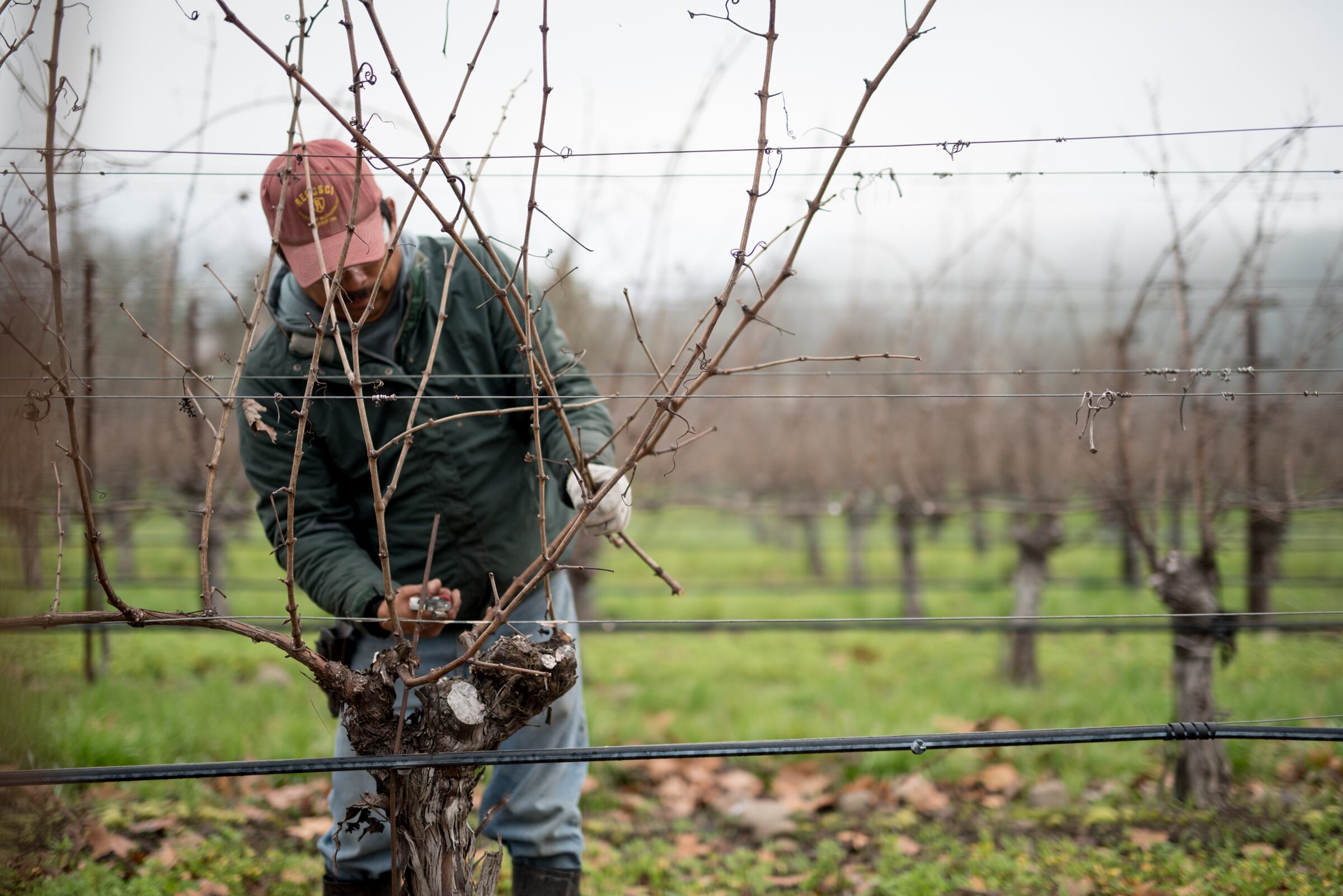Grape harvesting started at the beginning of September and is now close to completion. The volume is expected to exceed 10,000 kg/ha on average.
The Champagne region enjoyed an exceptional grape harvest in 2018, with 10,800 kg/ha allowing wine-growers and houses to rebuild reserves and protect against variations from climate change in the future.
Temperature high at 42.9°c
Champagne has experienced the effects of global warming, with an increase in average temperature of 1.1˚C over the last 30 years.
This has a mixed affect on Champagne grape growing: with heatwaves affecting some of the potential harvest, but also leading to ‘exceptional ripening dynamics’ for grapes.
This year Europe endured a heatwave which has affected the total volume of grapes harvested in Champagne. But the grapes themselves are of high quality.
“Periods of frost in spring did destroy a proportion of buds, but the main factor was heatwave, especially in June and July, which caused scalding that burned up more than 10% of the potential harvest,” says Comité Champagne, the organisation representing the industry.
“This was a year when Champagne experienced its highest temperatures on record, with 42.9°C recorded on 25 July.
“With hot and sunny conditions in August and September, combined with cool nights on the run-up to the harvest, the vine displayed an exceptional ripening dynamic, producing musts with a good balance of acidity and sugar plus an aromatic concentration that promises well for the future cuvees.
“The network that monitors maturation helped winegrowers to time their picking so they only harvested grapes at peak ripeness.”
While this year’s harvest is down on last year’s, the Comite says that producers are not concerned because they replenished their ‘Champagne reserve’ in 2018.
The Champagne region has been making efforts to become more sustainable, as well as maintain the quality and quantity of vines in a rising climate. This includes picking grapes in the cooler hours of the day and using clear boxes rather than white or red ones to keep grapes cooler once picked. More details on methods used can be found here (in French).



